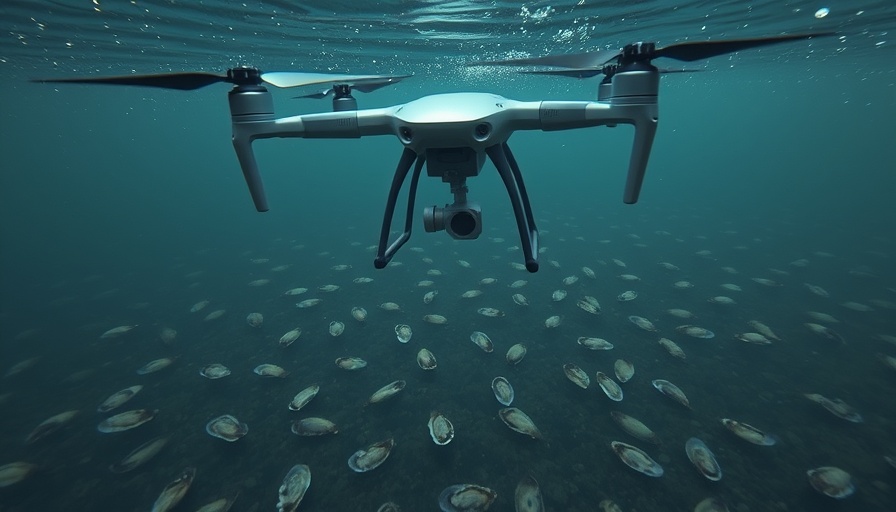
AI Technology in Marine Ecosystem Monitoring
As the world reels from the alarming decline of oyster populations—over 85% gone from historical levels—the need for innovative solutions has taken center stage. Traditional oyster reef monitoring methods come with challenges, often requiring destructive sampling and labor-intensive processes. Enter the deep learning model ODYSSEE, designed to identify live oysters from underwater imagery. This technology plays a significant role in the project spearheaded by researchers from the University of Delaware, University of Maryland, and University of Cincinnati, who are exploring the integration of artificial intelligence in marine ecology.
Rapid Processing Meets Harsh Reality
The capabilities of ODYSSEE are impressive, with the AI model processing images in an average of just 39.6 seconds to annotate 150 images—far quicker than both expert (2.3 hours) and non-expert (4.5 hours) human annotators. However, speed isn’t everything; the AI's accuracy rate comes in at 63%, compared to 74% for expert and 75% for non-expert annotators. This discrepancy highlights a crucial challenge in the application of AI in marine studies: while technology can enhance efficiency, ensuring accurate identification of species remains vital.
The Impact of Image Quality on Detection
Interestingly, the research revealed that better image quality not only improved human accuracy but surprisingly hindered the AI's performance. This twist presents an important consideration for future applications of AI in monitoring ecosystems. It underlines the multifaceted nature of developing effective technological solutions in biology and underscores a broader theme in biotech—the necessity of balancing tech advancement with traditional expertise.
Complementing Human Expertise, Not Replacing It
Professor Art Trembanis, one of the project’s lead researchers, emphasizes that the aim of ODYSSEE is not to replace human experts but to support them. As he notes, “It’s about scaling our ability to monitor reef health, particularly in sensitive areas.” This statement resonates with a growing conversation around technology in conservation where collaboration between humans and machines is imperative.
Future of Non-Invasive Monitoring
The development of ODYSSEE is part of a thriving initiative to integrate autonomous robotic systems into aquaculture practices, fundamentally shifting how marine environments can be monitored in a non-invasive manner. With further refinement, researchers are optimistic that AI can achieve—or even surpass—human accuracy levels in species identification. The thought of employing this technology responsibly opens doors to preserving marine biodiversity without the concerning impacts of traditional methods.
Taking Action for Better Monitoring
For those concerned about marine health, understanding the implications of tools like ODYSSEE may provide important insights into how technology can align with conservation efforts. Engaging with organizations focused on marine biodiversity, advocating for research funding, and supporting sustainable practices can collectively contribute to healthier ecosystems.
 Add Row
Add Row  Add
Add 




Write A Comment